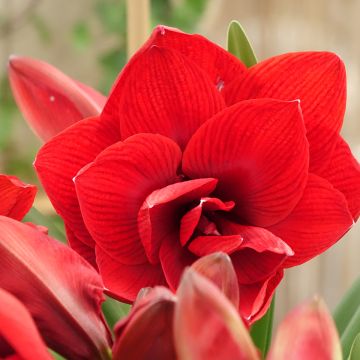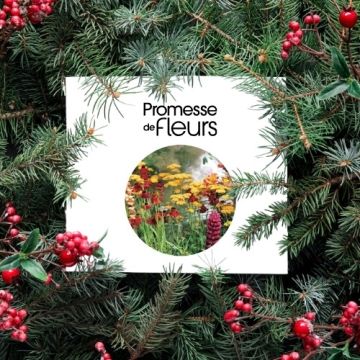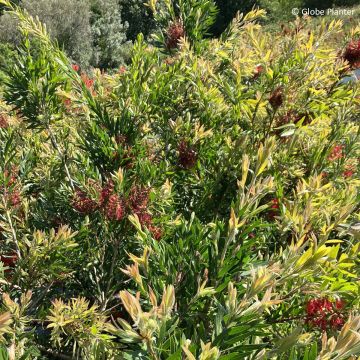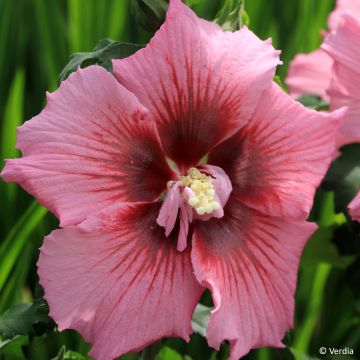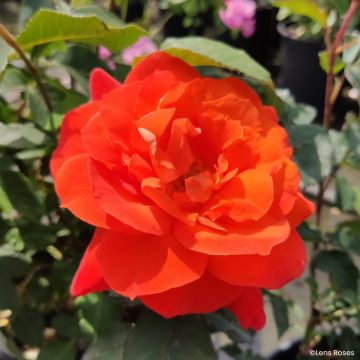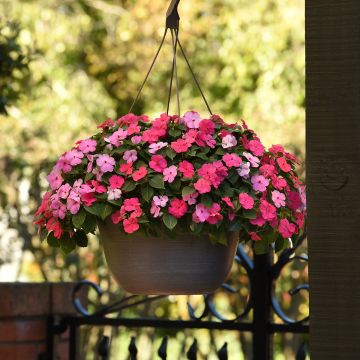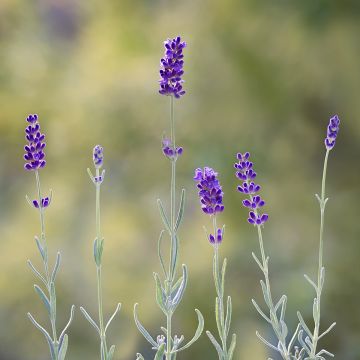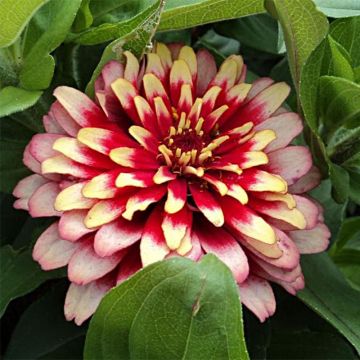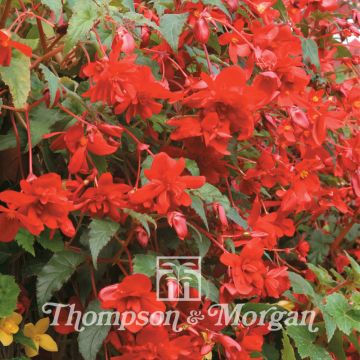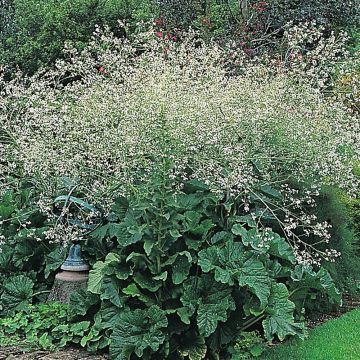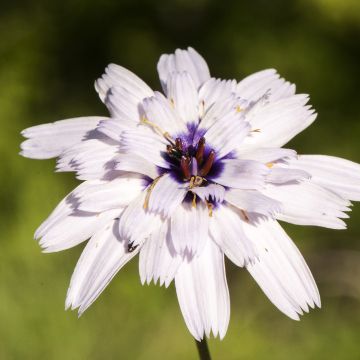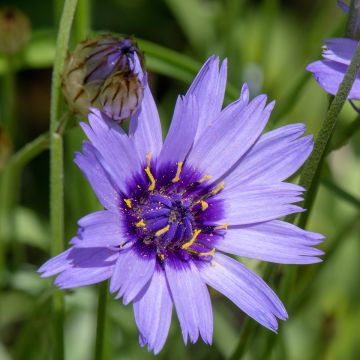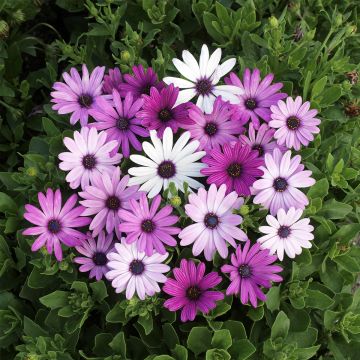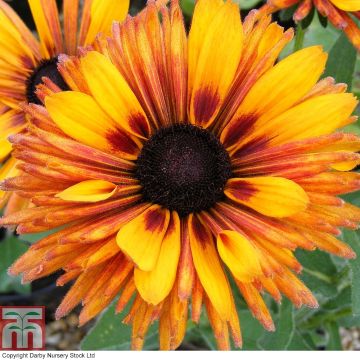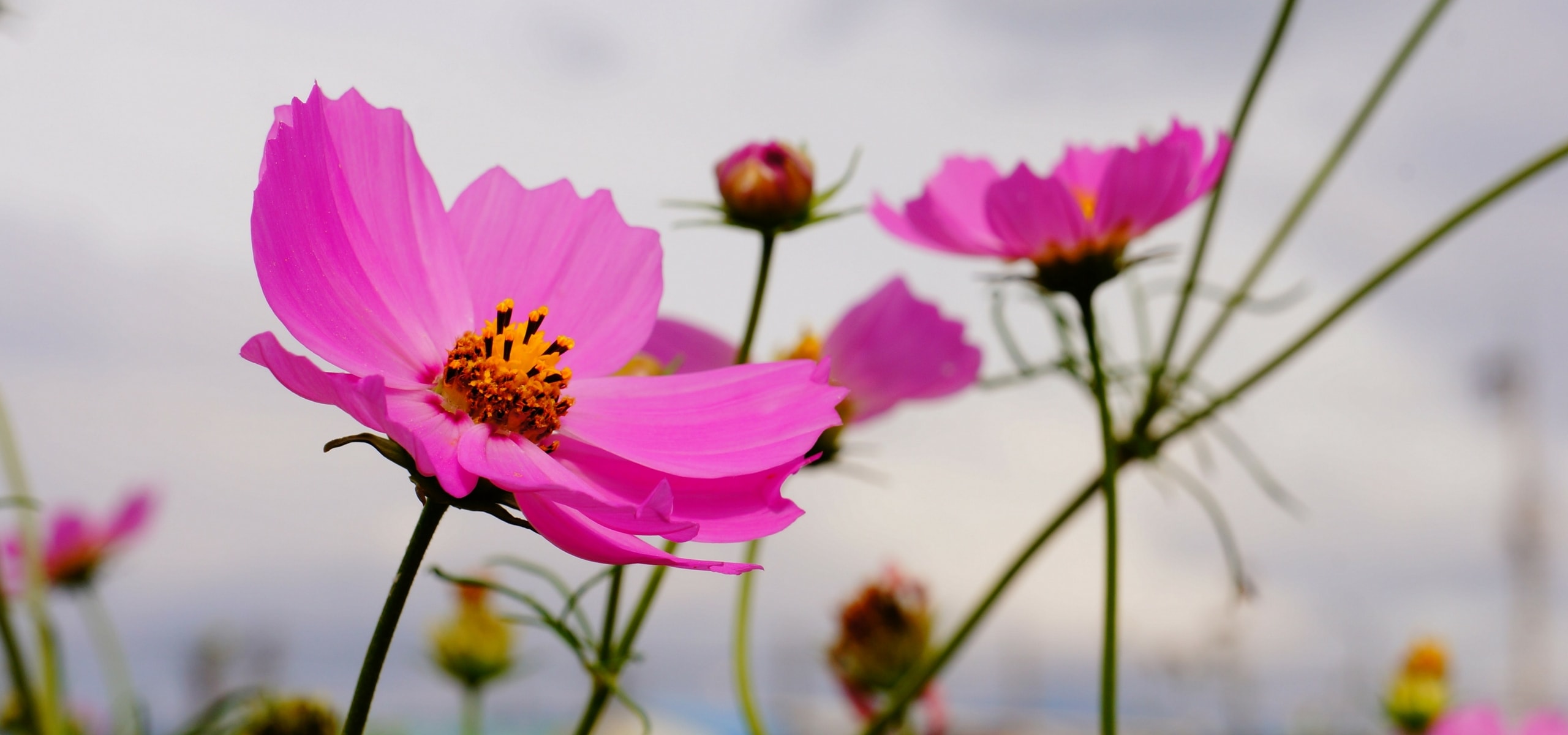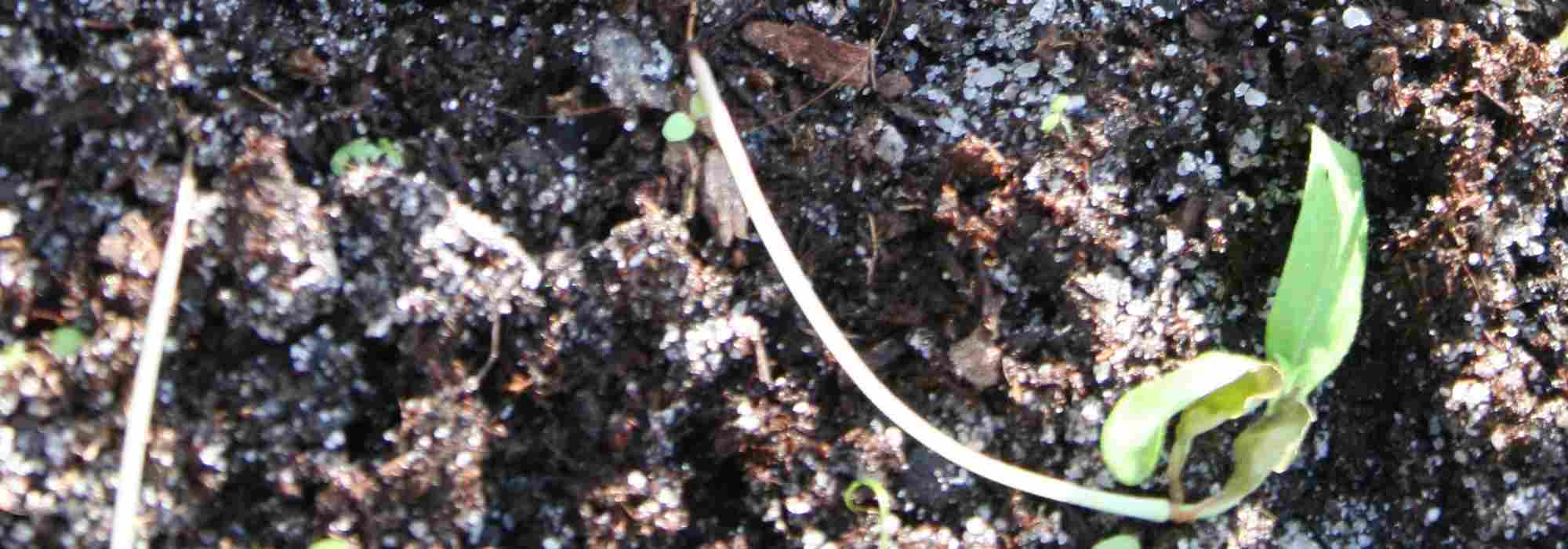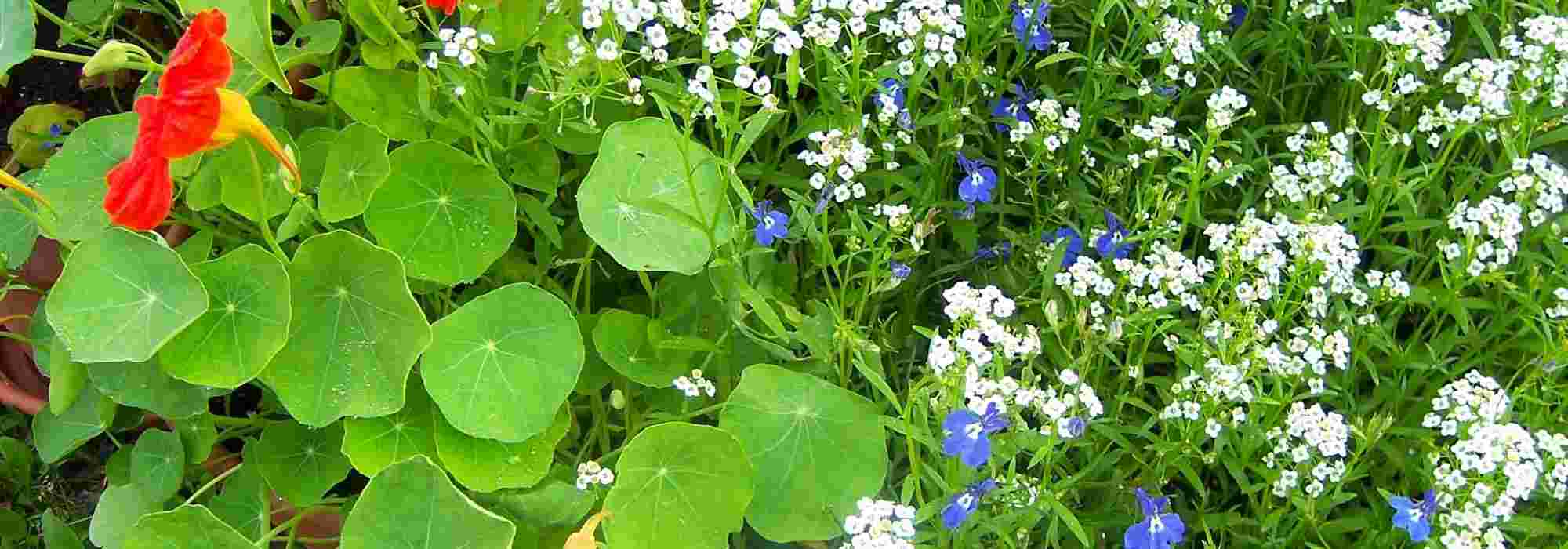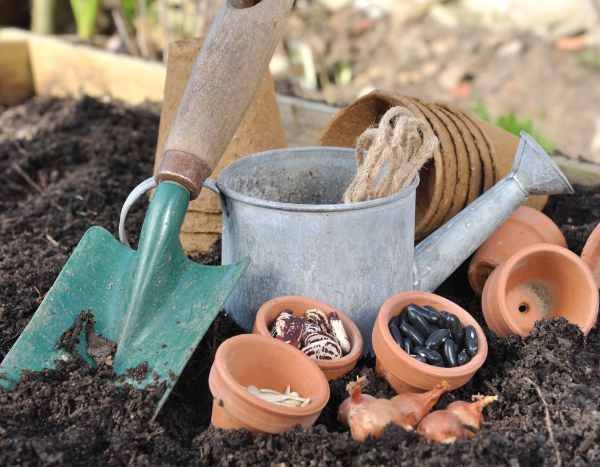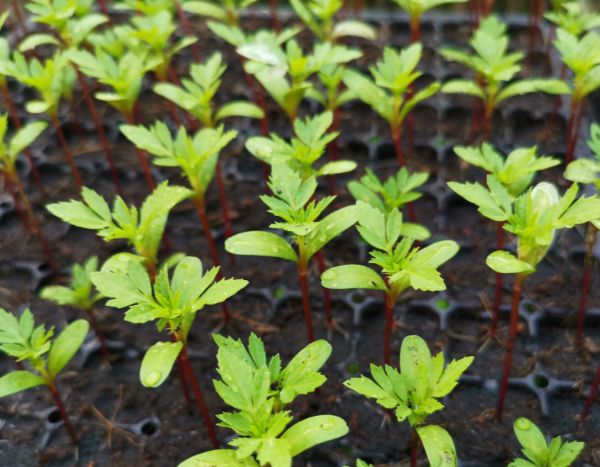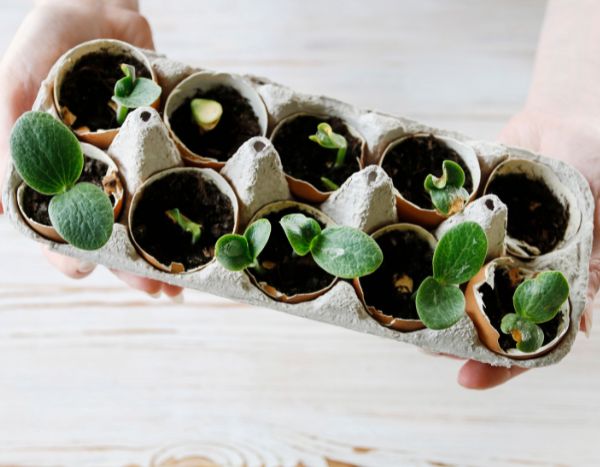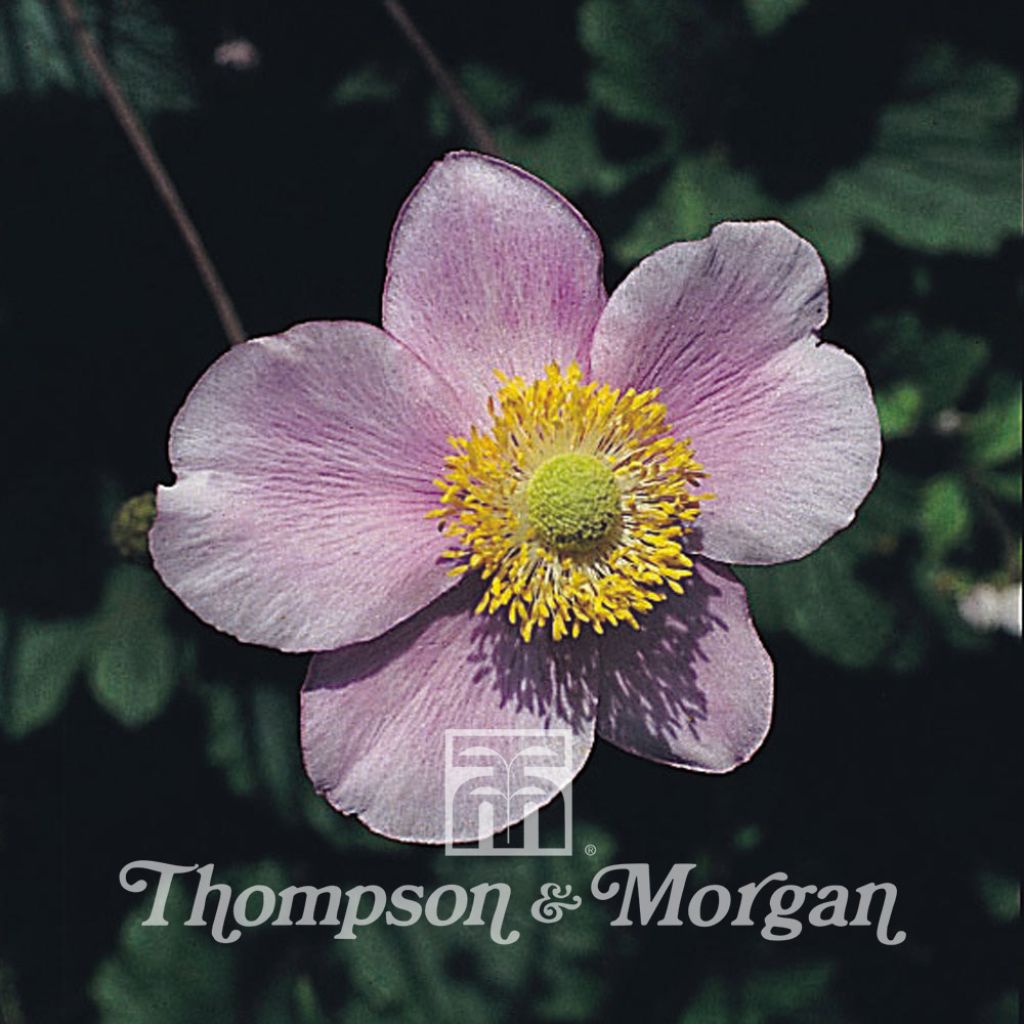

Graines d'Anemone Japonica (Mixed) - Anémone du Japon en mélange
Anemone hybrida japonica
Anemone x hybrida Japonica (Mixed)
Japanese Anemone, Windflower, Woolly anemone
Special offer!
Receive a €20 voucher for any order over €90 (excluding delivery costs, credit notes, and plastic-free options)!
1- Add your favorite plants to your cart.
2- Once you have reached €90, confirm your order (you can even choose the delivery date!).
3- As soon as your order is shipped, you will receive an email containing your voucher code, valid for 3 months (90 days).
Your voucher is unique and can only be used once, for any order with a minimum value of €20, excluding delivery costs.
Can be combined with other current offers, non-divisible and non-refundable.
Why not try an alternative variety in stock?
View all →This plant carries a 6 months recovery warranty
More information
We guarantee the quality of our plants for a full growing cycle, and will replace at our expense any plant that fails to recover under normal climatic and planting conditions.
Does this plant fit my garden?
Set up your Plantfit profile →
Description
This mixture of Anemone japonica, also known as Japanese anemone, offers elegant perennial plants with long flowering periods, from late summer until the first frost, producing beautiful flowers in open cups in various shades of pink around a golden yellow stamen. Varying in size, they all share vigorous growth and an indescribable charm that complements the exuberant blooms of asters. They thrive in full sun or partial shade, in moist and rich soil, without too much limestone.
The plants in this mixture are hybrids belonging to the Ranunculaceae family. These hybrids are likely the result of cross-breeding between Anemone vitifolia, native to the Himalayas, and A. hupehensis, native to central and western China. Anemone japonica are perennials with fibrous tubercles that form large, vigorous, and rounded clumps, ranging from 60cm to 1.2m (24in to 4ft) in height, with a diameter of 50 to 60cm (20 to 24in). The foliage is deciduous to semi-evergreen depending on the climate, deeply lobed, dark green, strongly veined on the underside, and pubescent depending on the varieties. Flowering occurs from September to November. The flowers are solitary, borne on sturdy stems. They first appear as delightful oval and fluffy pink buds, then open into flared cups with 5 to 30 rounded and overlapping petals in various shades of pink, measuring approximately 6cm (2in) in diameter.
Japanese anemones are some of the most beautiful flowers of autumn. Light and graceful, they sway gently in the wind, indifferent to the first frosts. They decorate the garden or large pots on a patio from late summer until the first frost. Perfect at the back of a border for the larger varieties, they combine their elegant flowering with the grace of Aster cordifolius or A. laevis, and the nostalgic charm of perennial chrysanthemums. The smaller ones can border rockeries, in moist soil, in the company of, for example, corydalis. Finally, the finely dissected foliage of anemones adds a beautiful dark green touch to flower bouquets. Occasionally invasive if they are happy, they self-seed easily. It is quite easy to control their spread.
Report an error about the product description
Flowering
Foliage
Plant habit
Botanical data
Anemone
x hybrida
Japonica (Mixed)
Ranunculacea
Japanese Anemone, Windflower, Woolly anemone
Cultivar or hybrid
Other Thompson and Morgan seeds
View all →Planting and care
Sow in spring or autumn by burying the seeds 1.5mm deep in good soil. For best results, the seeds should be pre-chilled before sowing: enclose the seeds in a polyethylene bag for 2 weeks at 15 to 18°C (59 to 64.4°F), then place in the refrigerator (not freezer) for 6 weeks. Bring your seedlings back to 15 to 18°C (59 to 64.4°F), away from light, until germination starts. Germination takes between 1 and 3 months. When the plants are large enough to handle, transplant them into 7.5cm (3in) pots and store them under a cold frame.
After one growing season, plant them outdoors, spacing them 30cm (12in) apart, in cool, moist, well-drained soil, preferably in partial shade. Once the young plants are established, they should not be disturbed. The flowering becomes more abundant as the years go by.
Sowing period
Intended location
Planting & care advice
This item has not been reviewed yet - be the first to leave a review about it.
Haven't found what you were looking for?
Hardiness is the lowest winter temperature a plant can endure without suffering serious damage or even dying. However, hardiness is affected by location (a sheltered area, such as a patio), protection (winter cover) and soil type (hardiness is improved by well-drained soil).

Photo Sharing Terms & Conditions
In order to encourage gardeners to interact and share their experiences, Promesse de fleurs offers various media enabling content to be uploaded onto its Site - in particular via the ‘Photo sharing’ module.
The User agrees to refrain from:
- Posting any content that is illegal, prejudicial, insulting, racist, inciteful to hatred, revisionist, contrary to public decency, that infringes on privacy or on the privacy rights of third parties, in particular the publicity rights of persons and goods, intellectual property rights, or the right to privacy.
- Submitting content on behalf of a third party;
- Impersonate the identity of a third party and/or publish any personal information about a third party;
In general, the User undertakes to refrain from any unethical behaviour.
All Content (in particular text, comments, files, images, photos, videos, creative works, etc.), which may be subject to property or intellectual property rights, image or other private rights, shall remain the property of the User, subject to the limited rights granted by the terms of the licence granted by Promesse de fleurs as stated below. Users are at liberty to publish or not to publish such Content on the Site, notably via the ‘Photo Sharing’ facility, and accept that this Content shall be made public and freely accessible, notably on the Internet.
Users further acknowledge, undertake to have ,and guarantee that they hold all necessary rights and permissions to publish such material on the Site, in particular with regard to the legislation in force pertaining to any privacy, property, intellectual property, image, or contractual rights, or rights of any other nature. By publishing such Content on the Site, Users acknowledge accepting full liability as publishers of the Content within the meaning of the law, and grant Promesse de fleurs, free of charge, an inclusive, worldwide licence for the said Content for the entire duration of its publication, including all reproduction, representation, up/downloading, displaying, performing, transmission, and storage rights.
Users also grant permission for their name to be linked to the Content and accept that this link may not always be made available.
By engaging in posting material, Users consent to their Content becoming automatically accessible on the Internet, in particular on other sites and/or blogs and/or web pages of the Promesse de fleurs site, including in particular social pages and the Promesse de fleurs catalogue.
Users may secure the removal of entrusted content free of charge by issuing a simple request via our contact form.
The flowering period indicated on our website applies to countries and regions located in USDA zone 8 (France, the United Kingdom, Ireland, the Netherlands, etc.)
It will vary according to where you live:
- In zones 9 to 10 (Italy, Spain, Greece, etc.), flowering will occur about 2 to 4 weeks earlier.
- In zones 6 to 7 (Germany, Poland, Slovenia, and lower mountainous regions), flowering will be delayed by 2 to 3 weeks.
- In zone 5 (Central Europe, Scandinavia), blooming will be delayed by 3 to 5 weeks.
In temperate climates, pruning of spring-flowering shrubs (forsythia, spireas, etc.) should be done just after flowering.
Pruning of summer-flowering shrubs (Indian Lilac, Perovskia, etc.) can be done in winter or spring.
In cold regions as well as with frost-sensitive plants, avoid pruning too early when severe frosts may still occur.
The planting period indicated on our website applies to countries and regions located in USDA zone 8 (France, United Kingdom, Ireland, Netherlands).
It will vary according to where you live:
- In Mediterranean zones (Marseille, Madrid, Milan, etc.), autumn and winter are the best planting periods.
- In continental zones (Strasbourg, Munich, Vienna, etc.), delay planting by 2 to 3 weeks in spring and bring it forward by 2 to 4 weeks in autumn.
- In mountainous regions (the Alps, Pyrenees, Carpathians, etc.), it is best to plant in late spring (May-June) or late summer (August-September).
The harvesting period indicated on our website applies to countries and regions in USDA zone 8 (France, England, Ireland, the Netherlands).
In colder areas (Scandinavia, Poland, Austria...) fruit and vegetable harvests are likely to be delayed by 3-4 weeks.
In warmer areas (Italy, Spain, Greece, etc.), harvesting will probably take place earlier, depending on weather conditions.
The sowing periods indicated on our website apply to countries and regions within USDA Zone 8 (France, UK, Ireland, Netherlands).
In colder areas (Scandinavia, Poland, Austria...), delay any outdoor sowing by 3-4 weeks, or sow under glass.
In warmer climes (Italy, Spain, Greece, etc.), bring outdoor sowing forward by a few weeks.































